Apps to help you fight off skin cancer
New smartphone applications help detect cancerous moles and warn users about dangerous UV rays
Wearing proper sunscreen and submitting to cancer screenings are the best ways to protect your skin from harmful ultraviolet rays this summer.
It's important to protect your skin when outside by wearing proper SPF sunscreen and long clothes.
Nearly one in five Americans will develop skin cancer by the age of 70, and more than two people die from the disease every hour in the United States, according to Skin Cancer Foundation.
HOW TO WEAR SUNSCREEN THE RIGHT WAY: YOUR GUIDE TO SPF
Developing more than five sunburns can significantly increase your risk of being diagnosed with melanoma.
Going through the screenings for this disease is essential because the five-year survival rate for melanoma is 99% if found early enough.
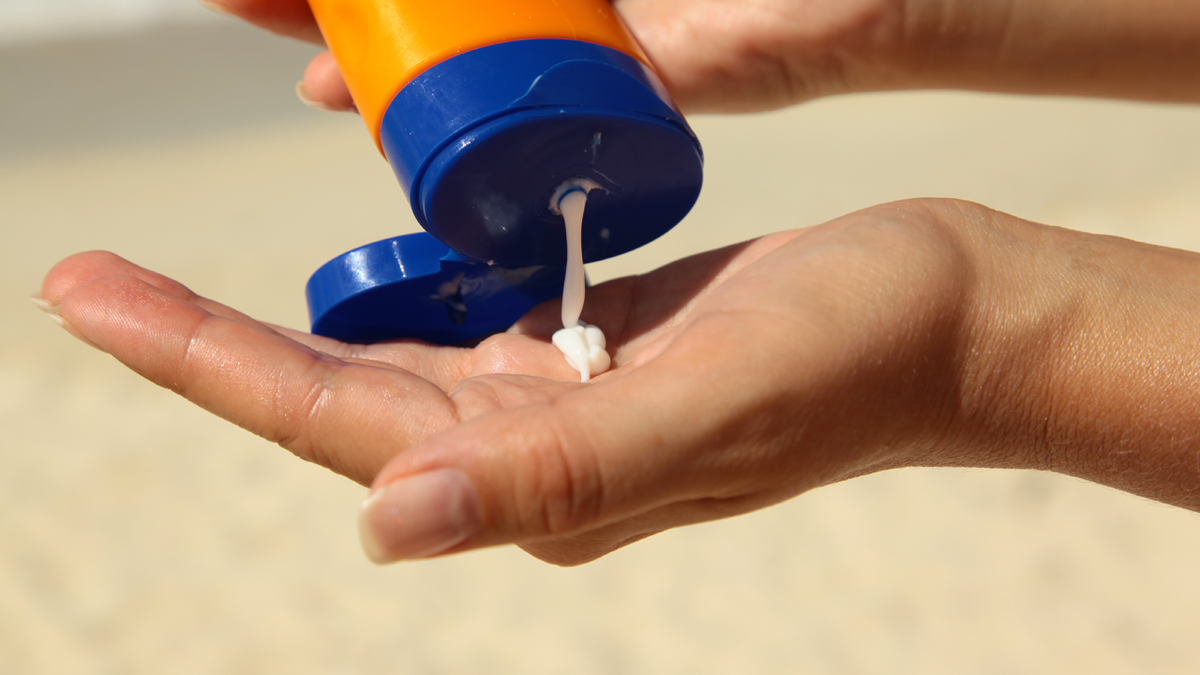
It is important to get our skin checked regularly — and to always use sunscreen when outdoors. (iStock)
Regardless of skin tone, everyone is susceptible to the damaging effects of the sun, health experts shared with Fox News Digital in August 2022.
They said taking measures to protect our skin against sun exposure might reduce the risk of developing skin cancer and premature aging such as age spots, wrinkles and sagging.
Here is what you need to know about skin cancer, how to check for it and things to look for.
- How often should I get checked for skin cancer?
- How do you detect suspicious spots?
- How do you perform a self-check?
- What are signs and symptoms of skin cancer to look out for?
- Should you choose sunscreen or sunblock?
1. How often should I get checked for skin cancer?
Physicians recommend that as we book time at the beach or golf course — or wherever we end up going — that we also book a routine skin check with our dermatologists.
Also, we should always bring along (and use) proper sunscreen.
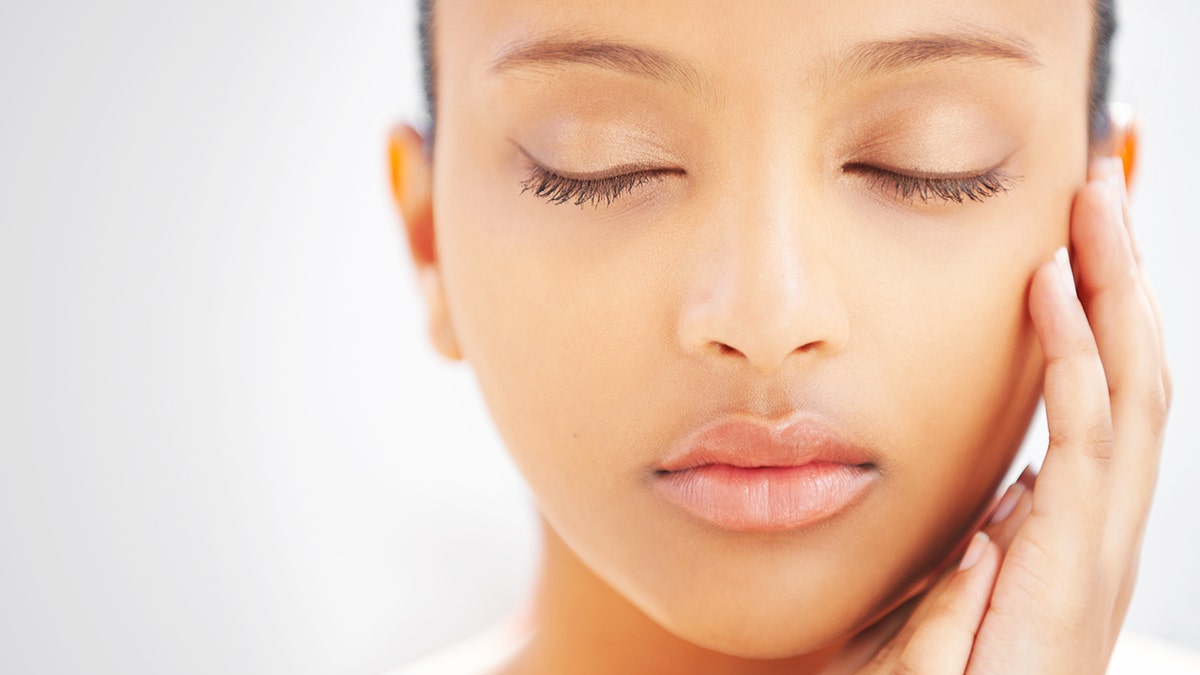
While everyone should stay up to date on skin checks, one surgeon explained that these checks are especially important for certain individuals, especially those with a history of melanoma or skin cancer — plus other factors. (iStock)
"I recommend an annual exam, which must include examination of the whole body, from the scalp to between the toes." Dr. David J. Leffell, M.D., a David Paige Smith professor of dermatology and surgery chief at the Yale School of Medicine in New Haven, Connecticut, told Fox News Digital.
He also said it is important for everyone to get checked, especially if there's a history of sunburn as a child or if we work or participate in recreational activities in the sun.
Also, if we're fair-skinned, have light hair, and have blue or green eyes — these are additional reasons to get checked.
THE BEST SUNSCREENS, ACCORDING TO A TOP DERMATOLOGIST
Dr. Anthony M. Rossi, M.D., specializes in dermatological, cosmetic and laser surgery at Memorial Sloan Kettering Cancer Center in New York City.
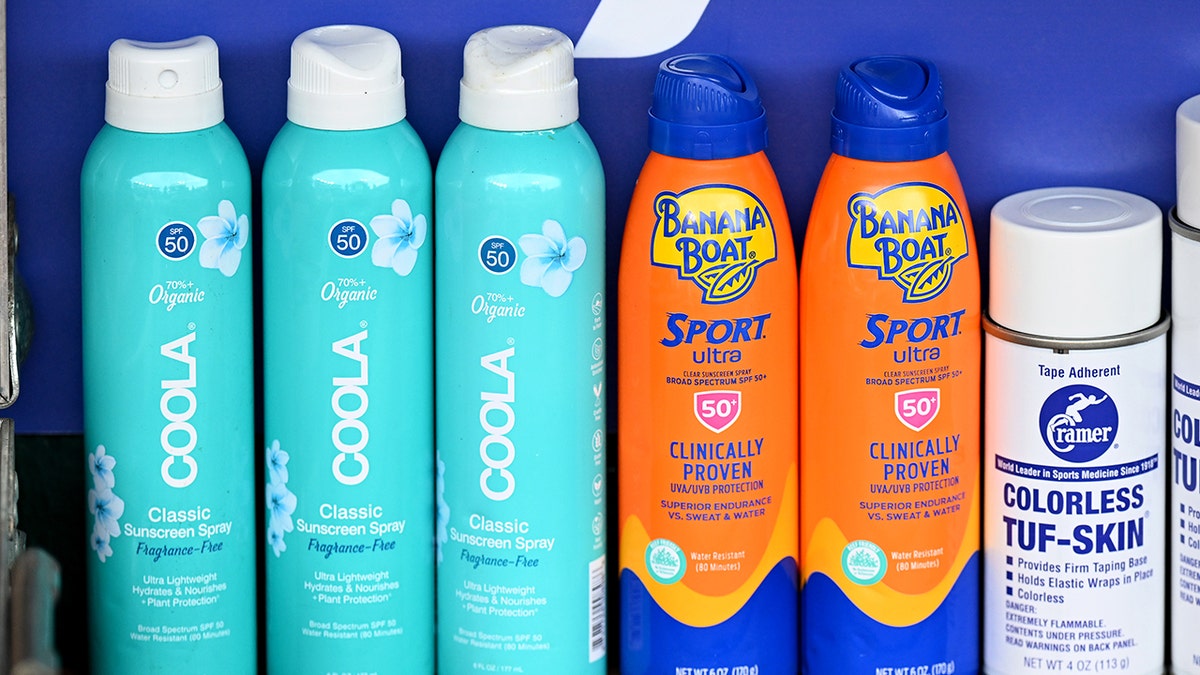
Sunscreen is important to wear all year long to protect your skin against the sun's harmful rays. (G Fiume/Getty Images)
The assistant attending surgeon said that while annual skin examinations are important for all individuals, "Skin checks are important for certain subgroups of people — people with a personal history of melanoma or skin cancer, those who have a strong family history of melanoma, persons with many moles or red head phenotypes and those with a new or acutely changing lesion."
2. How do you detect suspicious spots?
The American Academy of Dermatology (AAD) said it is estimated that one in five Americans will develop skin cancer — but caught early, skin cancer is highly treatable.

Annual skin checks with your dermatologist are important, as early detection can save your life. (iStock)
The main types of skin cancer are squamous cell carcinoma, basal cell carcinoma and melanoma.
Melanoma is less common but more likely to invade tissues and spread to other parts of the body, according to the AAD. Most deaths from skin cancer are caused by melanoma, according to the National Cancer Institute.
"My rule of thumb is, ‘When in doubt, check it out.’"
Dermatologists said it is important to do self-skin checks to identify suspicious spots that may need further evaluation by your doctor.
SKIN AND HEALTH: A LOOK INTO HYALURONIC ACID, RETINOL, COLLAGEN AND VITAMIN C
Dr. Leffell told Fox News Digital, "Any mole that changes color, shape or size, or seems to be growing, should be checked out."
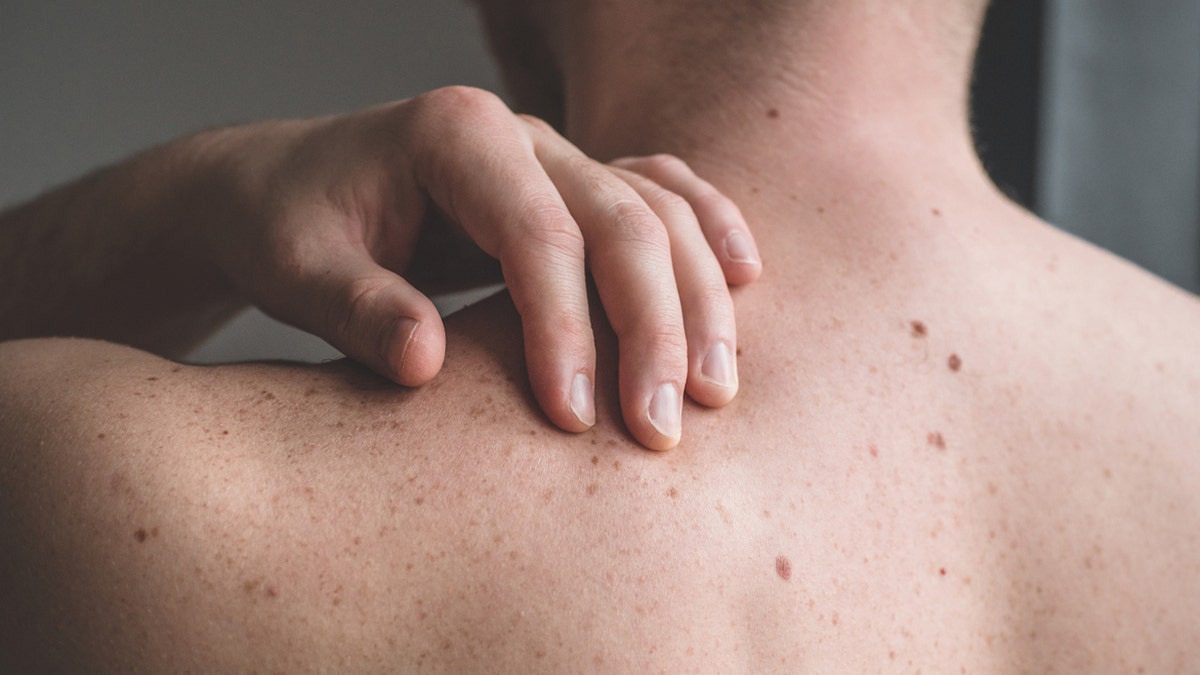
Get in the habit of doing routine skin checks to look for any irregular spots on the body. (iStock)
Often, patients have their own sense of something that just doesn’t seem right, he said.
"Certainly, any sore that doesn’t heal after four to six weeks, or comes back after healing, should be evaluated by a dermatologist or general physician," he said. "My rule of thumb is, ‘When in doubt, check it out.'"
HOW TO KNOW IF YOUR SUNSCREEN HAS EXPIRED
3. How do you perform a self-check?
The AAD offered the following tips on how to perform a self-skin check:
- Examine your body in a full-length mirror
- Examine your body front and back in a mirror
- Look at the right and left sides with your arms raised
- Look at your underarms, forearms and palms
- Look at the front and back of legs, spaces between toes, and soles of your feet
- Examine the back of your neck and scalp with a hand mirror. Part hair for a closer look at your scalp.
- Use a hand mirror to check your back and buttocks
4. What are signs and symptoms of skin cancer?
The most common sign of skin cancer is some sort of change to the skin, according to the CDC.
Some examples of things you may see on your skin that could be a sign of skin cancer are a change in a mole, a sore that is not healing or a new growth, according to the source.
Many sources cite the "ABCDE method" when looking at irregular moles on the body.
The letter "A" stands for "asymmetry." When looking at a mole, note if one side of it is different from the other side. The "B" stands for "borders that are irregular." This refers to moles that have uneven edges. "C" stands for "color that's uneven." Moles often come in different colors. "D" stands for "diameter." It's important to keep track of a mole to see if it has changed in size. The last letter is "E" for "evolving." This refers to checking if a mole has changed in size, in shape or in color.
5. Should you choose sunscreen or sunblock?
Regardless of skin tone, everyone is susceptible to the damaging effects of the sun, dermatologists said.
WHAT IS SKIN CANCER? HOW TO SPOT THE SIGNS AND WHEN TO SEEK HELP
The AAD said it is important to apply a broad-spectrum, water-resistant sunscreen with an SPF of 30 or higher every two hours or after swimming and sweating.
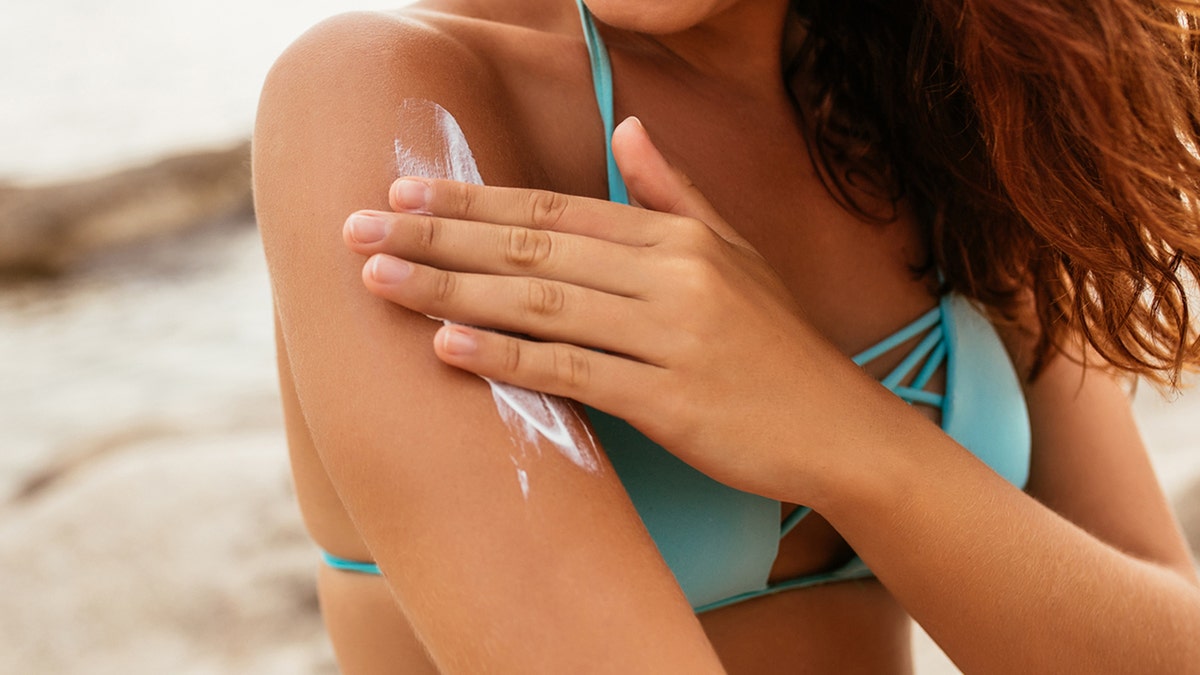
Everyone, regardless of skin tone, should apply sunscreen often while outside. (iStock)
Sunscreen and sunblock are two terms used to denote a chemical filter in sun protection products, said Dr. Rossi.
The Memorial Sloan Kettering surgeon said that a chemical sunscreen typically contains chemical filters called avobenzone and oxybenzone, while sunblocks use a physical blocking mineral-based filter such as zinc or titanium oxides.
Rossi said that to help clarify, "We mainly use the word sunscreen and denote a physical vs chemical one."
"I prefer mineral sunscreens, which have historically been known as sunblock. The two mineral ingredients are zinc oxide and titanium dioxide," he said, "and they both protect in the UVB and UVA range."
"Heavy, thick sunscreens are less desirable than lighter-to-the-touch sunscreens."
If you choose a chemical-based sunscreen, it is important that it is a broad spectrum for both UVA and UVB coverage, he said.
Rossi, who is also founder of the Dr. Rossi Derm MD Skincare line, said mineral sunblocks tend to be less irritating.
"The chemical filters are more common culprits of irritation and allergy to a sunscreen. They can be irritating for some people. If you are using a sunscreen and it stings or is irritating, it could be a chemical sunscreen, so you should try a mineral based one," Rossi told Fox News Digital.

If you notice an unusual spot on the body, it is worth a doctor's visit to get it checked out. (iStock)
Rossi said sunscreen products protect against skin cancer but also prevent photo aging from UV and hyperpigmentation from UV exposure.
CLICK HERE TO GET THE LIFESTYLE NEWSLETTER
Rossi warned, "UVA even passes through clouds and window glass! This is important for patients with hyperpigmentation issues after inflammation or conditions like melasma."
Use SPF (sun protection factor) sunscreens — and actually apply it on the skin, say doctors.
Seek shade especially between the hours of 10 a.m. and 2 p.m., when the sun is at its strongest.
"What matters most is whether the particular sunscreen feels good enough on the skin that the person will use it regularly," said Leffell.
"Heavy, thick sunscreens are less desirable than lighter-to-the-touch sunscreens."
If a person is concerned about chemicals in sunscreen, he said the best bet "is a zinc oxide — meaning a mineral sunscreen product."
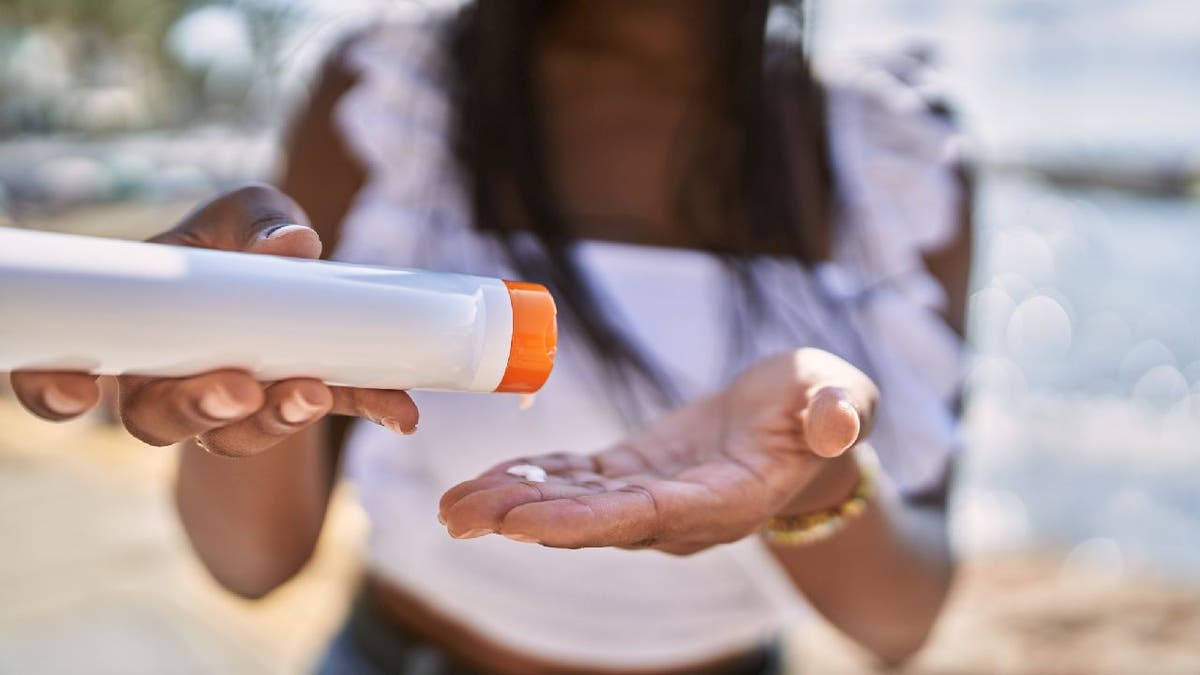
Wearing sunscreen regularly offers many benefits for the skin. (iStock)
The AAD said that aside from applying sunscreen, it is important when spending time outdoors this summer to wear sun protective clothing, wide-brimmed hats and sunglasses.
CLICK HERE TO GET THE FOX NEWS APP
The association also recommended seeking shade especially between the hours of 10 a.m. and 2 p.m., when the sun is at its strongest.





















